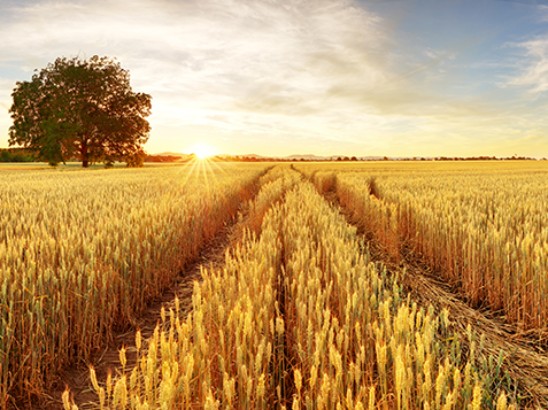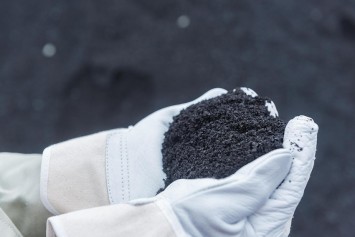From by-product to recyclable material
In addition, the smelting processes in the steelworks ensure that soluble silicic acid is formed – a chemical all-rounder that unfolds its versatile effect in the soil. One of them: the soluble silicic acid affects the rate at which the lime is converted depending on the acidity (pH) of the soil. "The effect that the lime has on the soil is either quicker or more lasting as a result. In this way, light soils in particular are well protected against overliming – and converter lime can be used for all fertilizer lime applications," Uwe Pihl knows from experimental observations and many years of practical applications.
clevercalx® converter lime: friability, invigoration and protection

On heavy, well-binding soils, the dissolved silicic acid contained in the converter lime reveals another useful property: it makes the soil friable, creates additional air voids and increases its ability to drain and retain water. At the same time, it ensures that phosphates and trace nutrients can be better absorbed via the root system. On top of that, the free silicic acid is stored in the plants like an immune system booster, and protects them from negative environmental influences or pests.
Fertilizer delivered to the field dust-free
The higher the lime content in the product, the better the effect on the soil. clevercalx® converter lime 44 from Duisburg is demonstrably one of the most effective grades. The smelter by-product is therefore not only delivered regionally, but also shipped to more distant locations in Germany via the company's own port. Distributors deliver the hydrated granular product directly to the edge of the field for the farmer.
Back into the cycle

Last but not least, the secondary use of the smelter by-product also makes sense from a sustainability point of view: clevercalx® is available in large quantities, and its use reduces the energy-intensive mining and consumption of primary raw materials. Added to that: converter lime (CaSiO3), unlike natural lime (CaCO3) does not release CO2 emissions during chemical conversion in the soil.









